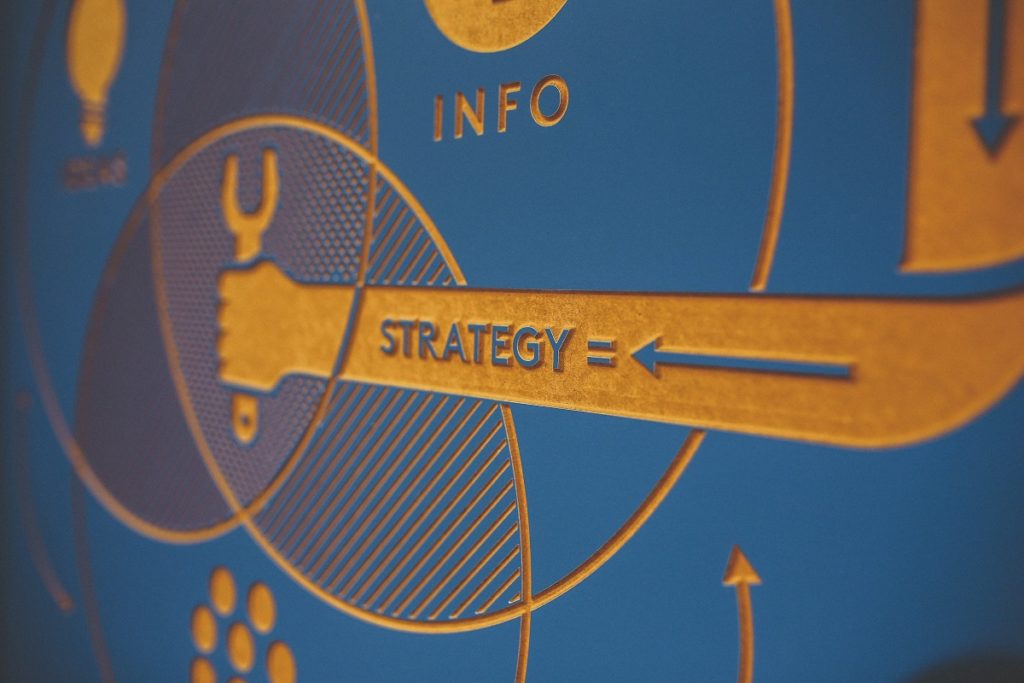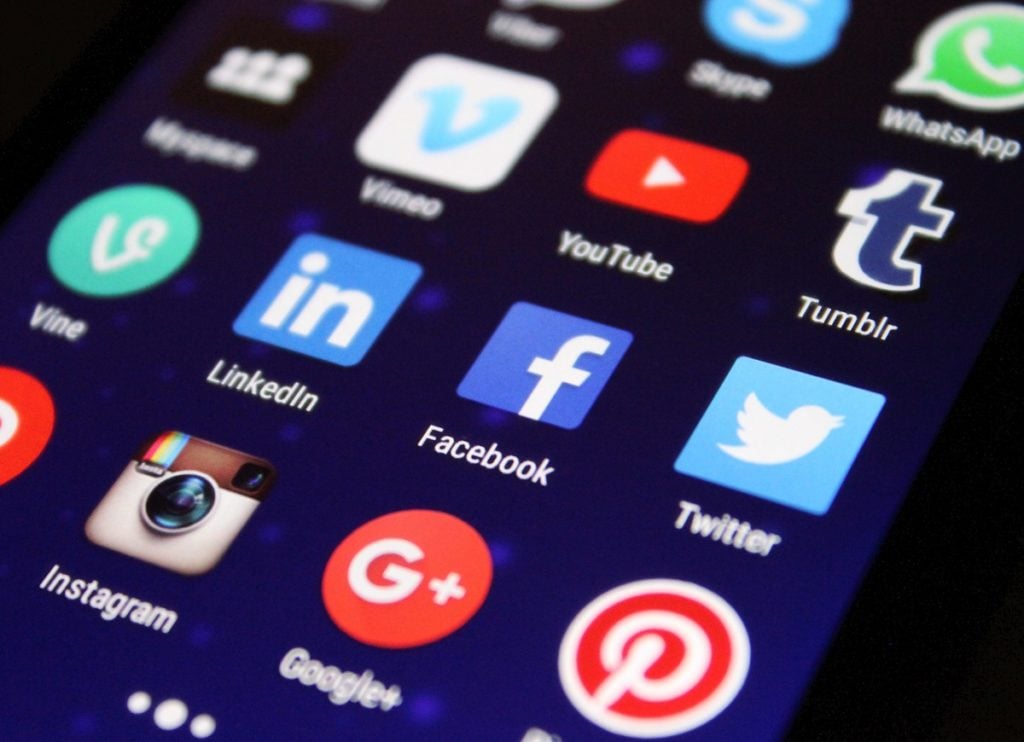It is common for marketing to be the first thing businesses cut when there is a downturn in the economy, and this thinking is perfectly valid. However, there is substantial evidence that proves advertising during a recession will actually help your business.

Three Reasons To Advertise During Downtimes
A study done in the recession of 1981-1982 found that the companies that aggressively advertised throughout this period actually saw sales grow more than 250% by 1985. Going against your better judgment may not always yield the best results, but when it comes to advertising, it could actually improve your standings.
Show That Your Business Is Stable
Customers see advertisements as a sign of a stable business. This boosts their confidence in your brand and makes it known that you are worth the investment of both time and funds. So continuing to advertise during downtimes will prove a stable and thriving brand image.
The Competition Is Backing Down
As mentioned above, marketing is one of the first things to be cut during any type of recession. Your competitors included. Your business will gain an added boost above the competition simply by continuing to put your brand in front of the eyes of both current and potential customers.
Advertising Rates May Drop
With many businesses canceling their marketing plans and subscriptions, many advertising companies will begin slashing rates to encourage business to return. These lower fees will be far more affordable during difficult times. Just keep an eye on your metrics.
Cut Costs As Needed – But Keep Marketing
Knowing what will happen to your business during a downturn is hard to say because every downturn is unique. The best thing to do is to understand the evolving consumption patterns of your customer base and detail your marketing strategy accordingly.
There is no doubt that consumers are pinching pennies during this specific downturn, and as a business owner, you may want to follow suit, but this is not recommended.

It is wise to cut costs in many other areas of the business during this time, but marketing is not one of those areas. The customers need to know you aren’t affected by this sudden change in the economy. They need to know you are still there, ready to provide them your products or services.
It’s not enough just to advertise and continue to market your brand during a downturn in the economy. You must also know how to market during a downturn. In order to effectively market your brand during a downturn, you must keep in mind the following tips.
Understand Your Target Audience’s Recession Behavior
Whether or not your marketing strategy will succeed is solely dependent on this tactic. Knowing your audience is crucial. You must take a deep dive and know how your target audience traditionally behaves, in good times and in bad – most importantly, in the bad.
Ask yourself questions like:
- How has my target audience behaved in past recessions?
- What has my target audience been doing for the last ten years?
These two questions are vital because your target audience may not behave the same way it behaved in past decades. The world is changing every day, and so are the people in it.
That’s why it’s best to have the history of your target audience but also know how they have evolved over the last ten years. This will give you further insight on how to invest your money.

Consumers typically fall into four groups:
- Slam-on-the-Brakes Consumers
- Low-income consumers that feel the hit of the economy the hardest
- Pained-But-Patient Consumers
- A majority of consumers. They feel the hit from the economy, and while they cut back on spending, they don’t completely stop purchasing things
- Comfortably Well-off Consumers
- The top 5% of consumers. They may cut back on spending a little, but for the most part, they can get through a downturn unscathed
- Live-For-Today Consumers
- These consumers don’t feel the effects of a downturn and don’t change their spending habits
No matter the consumer, all will prioritize spending into one of four groups:
- Necessities or wants that can be put off until a later date
- Necessities that can’t be put off because you need them to survive
- Purchases that aren’t necessities, but their immediate purchase is justified
- Purchases that aren’t necessary or justified
When the economy takes a downturn, it causes the consumer to be fearful, stressed, and worried about their current state of being. To successfully advertise your business in the middle of a downturn, it helps immensely to appeal to the emotional side of your target audience.

Consumers respond to emotional connections much better than logistics and numbers. The ideal advertisement for your business during a downturn will combine the history of the target audience’s spending habits as well as their traditional emotional state.
Focus On the Customers You Have Instead of the Ones You Want
The biggest asset of any business when the economy takes a downturn, is the existing customer base, regardless of the industry.
Your marketing strategies should be tailor-made for your existing customers. Their loyalty is a value you cannot afford to pass up during times like these. Once the crisis passes, you can reevaluate your position in the marketplace and advertise accordingly, but for now, all focus needs to be on the customers that have your back.
The customers you already have will be the ones that will still purchase from you during a downturn. They will see your business as something that may not be a necessity, but they can still justify spending their money on your goods and services that you provide.

It’s customers like these that want to feel nurtured by your brand in times of crisis. Remind them why they are your customers. Bend over backward to make them happy, and they will repay you tenfold.
Check out our article for some great ideas on how to show your appreciation.
The Perfect Gifts To Tell Your Clients Thank You
You may not receive immediate or direct purchases from these customers during this time, but they will absolutely recommend you to others and spread the word of your generosities in the midst of an economic standstill. They will remember how you made them feel, and they will spread that feeling to thousands of others.
Businesses with marketing strategies based around this tactic will see an increase in revenue for years to come once an economic downturn is over.
Track and Analyze Everything
Before finalizing a marketing strategy, you must first analyze and track everything. This means the financial history of your business in comparison to the last year and past customers and target audiences. You will need to know all your analytics and combine this data with your sales data.
The key to good marketing is knowing how, where, and when to spend your money, especially in a suffering economy. The only way to know how to properly brand your company during an economic downturn is to crunch all possible numbers.

A good business always has its eye on the numbers, but this is crucial in times of crisis. You need to know exactly how much good an advertisement is going, as soon as possible.
It’s great to market your business during a downturn, but only if you do it right. Otherwise, you are just spending unnecessary money that is doing more harm than good.
There is no question that cutting costs during an economic downturn is important, but how, where, and when you spend money on marketing will literally make or break your business. There have been plenty of businesses that have tried and failed to market themselves during a downturn, but if you know your business inside and out, the marketing strategy seems to plan itself.
Increase Affordability
For most businesses, the target audience is the slam-on-the-brakes or the pained-but-patient consumer. It is these two consumer types that will be looking for the best deals. Once you have analyzed all the tracked data of the year and past years, you can more effectively introduce deals to the customer.
Discounts can do a lot of good for a business’s marketing strategy, but only in moderation. Sometimes, if the consumer begins to see the discounted price as “normal,” it threatens the profitability of your product.
You don’t have to place a discount on all your goods and services. As mentioned above, the customer needs to see that you are responding to the crisis, but you aren’t giving in either.

They want to see your brand holding strong and happy. They will notice this through your discounted prices and advertisements, so by understanding your target audience, you can place the items on sale that you see fit. Thereby showing your customers, you are paying attention to their needs, and you are here to stay.
Customers normally respond to other forms of discount as well. If you offer layaway options or extend credit to your customers, this could potentially help with marketing as well. Businesses with the slam-on-the-brakes and pained-but-patient consumers are likely to get raving reviews by their customers for offering other discount options.
Knowing Where To Advertise
Where you advertise is just as important as any other part of your marketing strategy. It is was seals the deal for a pass or fail strategy. When the cost of advertisements is lower due to an economic downturn, you might be in a position to advertise in a couple of different ways, but location and timing is everything.
It comes as no surprise that digital marketing is one of the best ways to advertise in today’s market. It allows for a more precise campaign that delivers results you can measure. Traditionally, advertising hasn’t yielded as specific of results as digital marketing does.
In fact, digital marketing is now understood for being the best marketing strategy for its low-cost and high return on investment. This is largely due to its measurability and targeting capabilities.

You can now target a very specific audience when you advertise, so you know you are reaching as many people that fit your target audience description as possible. As this capability matures and technology continues to advance, it’ll only get easier to reach your target audience through digital marketing.
That said, if you are a small, local business, you’ll most likely benefit greater from a more personable and localized form of advertising. That’s why at the end of the day, you have to know your business and target audience inside and out before taking the step into marketing during an economic downturn.
Final Thoughts
When the economy takes a downturn, the initial reaction of business owners is to stop spending altogether. One of the last things a business owner will want to do is increase spending on advertising, but a well thought out marketing strategy just might be the thing that keeps a business afloat.
The above-stated steps will help you in building a marketing strategy that will not only help your business survive but potentially perform better as a result of an economic downturn.
Be sure to take a look at our other articles relating to economic downturns!